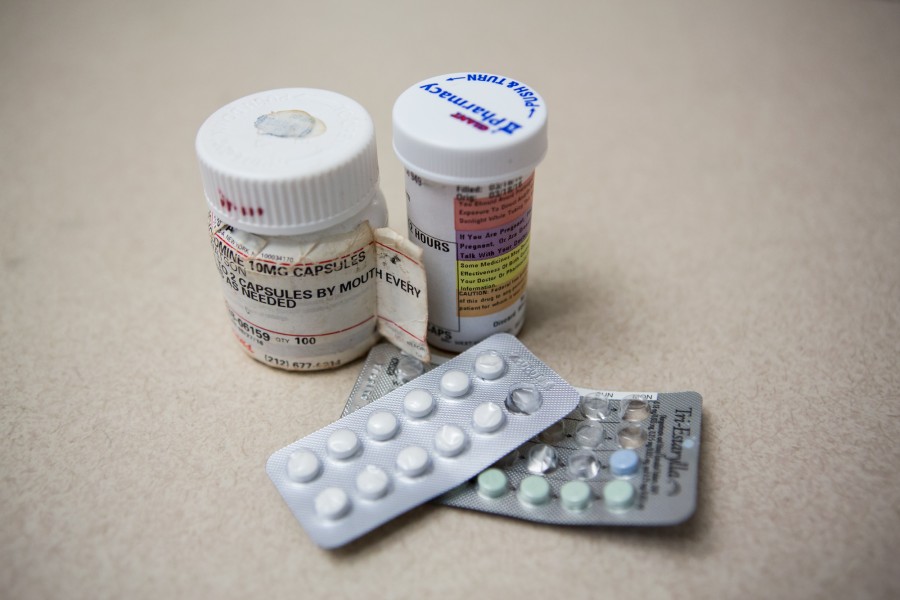New York Drugs Are Now Prescribed via Web
Your drug prescriptions are now only available electronically.
March 21, 2016
Hastily scribbled prescription sheets will become a thing of the past once New York’s new prescription procedure takes effect on March 27.
Lea Ann Chen, an instructor in the Department of Medicine at NYU Langone, said use of electronic prescriptions is not new, but that mandating digital prescriptions could improve the efficiency of providing the correct medications to patients.
“Electronic prescriptions have been available for years but were not mandatory before,” Chen said. “The new system will hopefully make it easier to determine what prescriptions patients are prescribed through other providers.”
Converting to all electronic prescriptions came in light of rampant false prescription rates, so it acts as a preventive measure for drug abuse. Before, patients could easily alter their prescription amounts, pick up the same prescriptions at multiple pharmacies and non-patients could even steal people’s prescriptions. Digital prescriptions allow for a streamlined record of data to be collected as medications are prescribed to patients, and may prevent those who manipulate the manual system.
CAS freshman Alice Cheng, a pre-med student, thinks the changed prescription methods will make the future of the professional medical environment look very different from today’s state.
“It must be difficult for doctors now to adjust to it, but I think it will be a norm by the time I enter the medical field,” Cheng said. “As far as patients and doctors, patients can no longer be held responsible for losing their prescriptions.”
However, Cheng said she also foresees potential issues if the electronic prescription system ever crashes. Similar concerns, as well as issues with inaccurately reported pharmacy and prescription information, are presently being addressed through constant modifications. Minnesota, the only other state that adopted electronic prescription rules, experienced these problems, which has caused patient deaths.
“It makes it difficult in some hospitals to access paper prescription pads needed to perform tasks for patients such as faxing specialty prescriptions or writing out complicated medication schedules,” Chen said. “During the transition period, and perhaps afterwards, there is increased work in identifying and inputting pharmacy information.”
Though NYU Langone was already issuing 80 percent of its prescriptions electronically, it applied for a waiver to receive an extension past March 27 for 100 percent integration. NYU Langone’s Chief Medical Information Officer Paul Testa said that this change benefits both physicians and patients alike.
“NYU Langone Medical Center’s physicians began e-prescribing in 2012, and started e-prescribing controlled substances a year ago through the medical center’s patient electronic health record system,” Testa said. “This change has quickly been adopted by our physicians, and makes picking up prescriptions easier for our patients.”
Chen learned of the requirement through her section chief at Bellevue Hospital, and while she does not believe it will affect aspiring medical professionals, she looks forward to the policy’s ecological benefits.
“I don’t expect it to influence prospective doctors greatly,” Chen said. “And at the end of the day, it follows society’s increasingly technological tendencies. Less paper waste is beneficial.”
A version of this article appeared in the Monday, March 21 print edition. Email Diamond Naga Siu at [email protected].
























































































































































